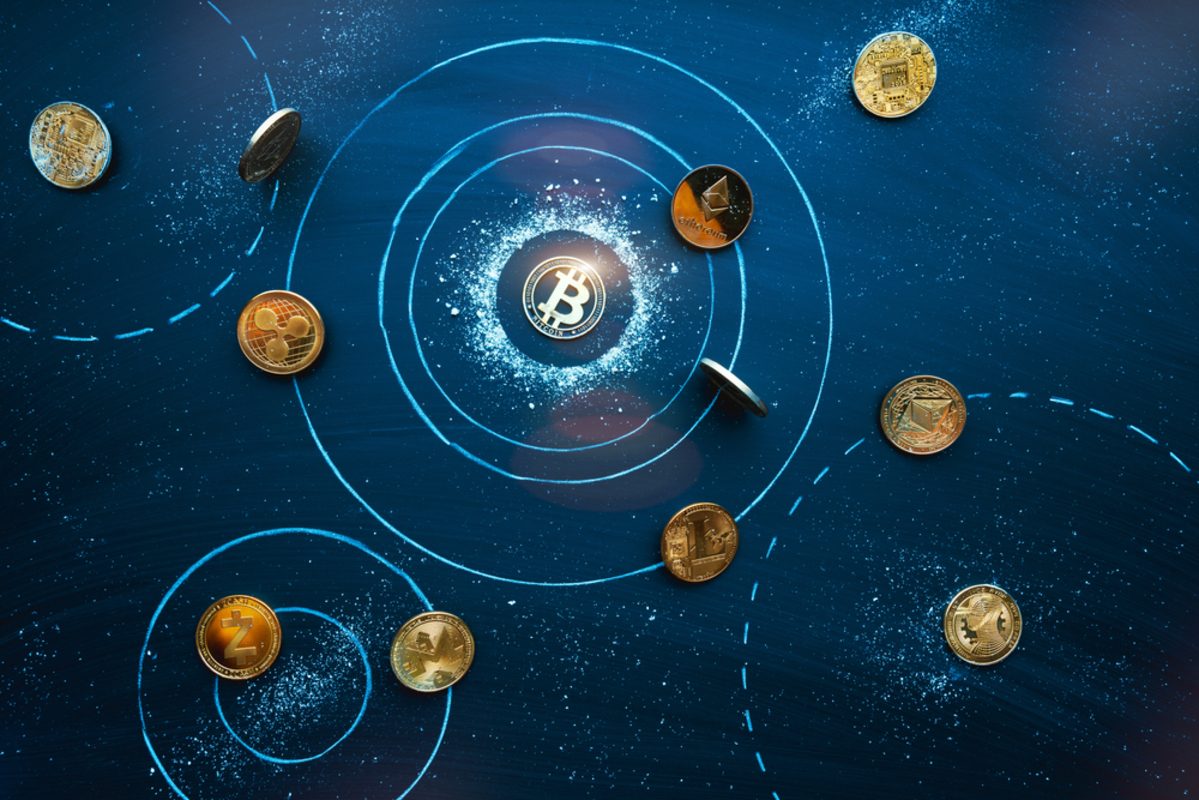Metaverse in Cryptocurrency
Introduction to the Metaverse
The **Metaverse** is an evolving and significant concept within the realms of technology, entertainment, and cryptocurrency. Essentially, the Metaverse refers to a collective virtual space that merges physical and digital realities, where users can interact with a computer-generated environment and other users in real time. This term has gained immense traction with the rise of blockchain technology, offering novel opportunities for social interaction, commerce, and creativity.
Historical Background
The term “Metaverse” originated from the 1992 science fiction novel “Snow Crash” by Neal Stephenson, where it described a virtual reality space populated by avatars of real people. In recent years, advancements in technology, particularly in virtual reality (VR), augmented reality (AR), and blockchain, have enabled the concept to become a significant focus in both the tech industry and the crypto space.
Key Components of the Metaverse
The Metaverse comprises several core elements that work cohesively to create a rich and immersive experience:
- Virtual Reality (VR) and Augmented Reality (AR): These technologies create interactive environments where users can engage with digital elements in innovative ways.
- Blockchain Technology: The decentralized nature of blockchain allows for secure ownership and transfer of digital assets within the Metaverse, such as virtual real estate, art, and collectibles.
- Digital Avatars: Users can create unique representations of themselves, allowing for personalized interaction and socialization.
- Interoperability: The capacity for different virtual worlds to connect and share assets, enhancing user experiences across various platforms.
Role of Cryptocurrency in the Metaverse
Cryptocurrency plays a pivotal role in the functioning of the Metaverse, serving as the primary medium of exchange and offering solutions for ownership and economics. Key elements of this integration include:
- Digital Currencies: Cryptocurrencies like Ethereum (ETH) and Decentraland’s MANA allow users to buy, sell, and trade assets within virtual environments.
- Non-Fungible Tokens (NFTs): NFTs represent unique digital assets that can signify ownership of virtual real estate, artworks, and collectibles within the Metaverse.
- Smart Contracts: These self-executing contracts facilitate automated transactions and interactions between users in the Metaverse, ensuring trust and compliance.
- Decentralized Finance (DeFi): DeFi platforms enable users to access financial services, like lending and borrowing, directly within virtual spaces.
Popular Metaverse Projects and Platforms
Several notable projects and platforms are leading the way in constructing the Metaverse:
- Decentraland: A decentralized virtual world where users can create, experience, and monetize content and applications.
- Sandbox: A platform enabling users to build, own, and monetize gaming experiences using NFTs and virtual land.
- Axie Infinity: A blockchain-based game where players can collect, breed, and battle virtual creatures called Axies, all while earning cryptocurrency.
- Somnium Space: A virtual reality platform featuring an open social experience, allowing users to explore, create, and trade in a fully immersive environment.
Implications of the Metaverse on Society
The Metaverse holds significant potential to influence various aspects of society, including:
- Social Interaction: The Metaverse fosters new avenues for connection, allowing users to interact in ways that transcend geographical barriers.
- Economic Opportunities: It opens new markets for digital goods and services, creating job opportunities and new business models.
- Creative Expression: Artists and developers can innovate and monetize digital creations in unprecedented ways.
- Education: The Metaverse offers immersive learning environments that could revolutionize education through experiential learning.
Challenges and Considerations
Despite the potential benefits, the Metaverse also presents several challenges:
- Regulatory Concerns: As with many aspects of cryptocurrency, regulatory frameworks may need to evolve to protect users and establish guidelines for the Metaverse.
- Security Issues: The rise of digital assets brings inherent risks, including hacking and fraud, necessitating robust security measures.
- Digital Divide: Access to the Metaverse may exacerbate existing inequalities, as not everyone has equal access to technology and high-speed internet.
- User Safety: Ensuring the safety and well-being of users in virtual environments must be prioritized to mitigate issues such as harassment or exposure to harmful content.
Conclusion
The Metaverse represents a paradigm shift in how we interact with the digital world, with cryptocurrency and blockchain serving as foundational elements. As this digital universe continues to evolve, it promises to open up exciting opportunities for creativity, social interaction, and economic growth. However, its development must be approached thoughtfully to address the challenges and ethical considerations that arise in this new frontier.


















